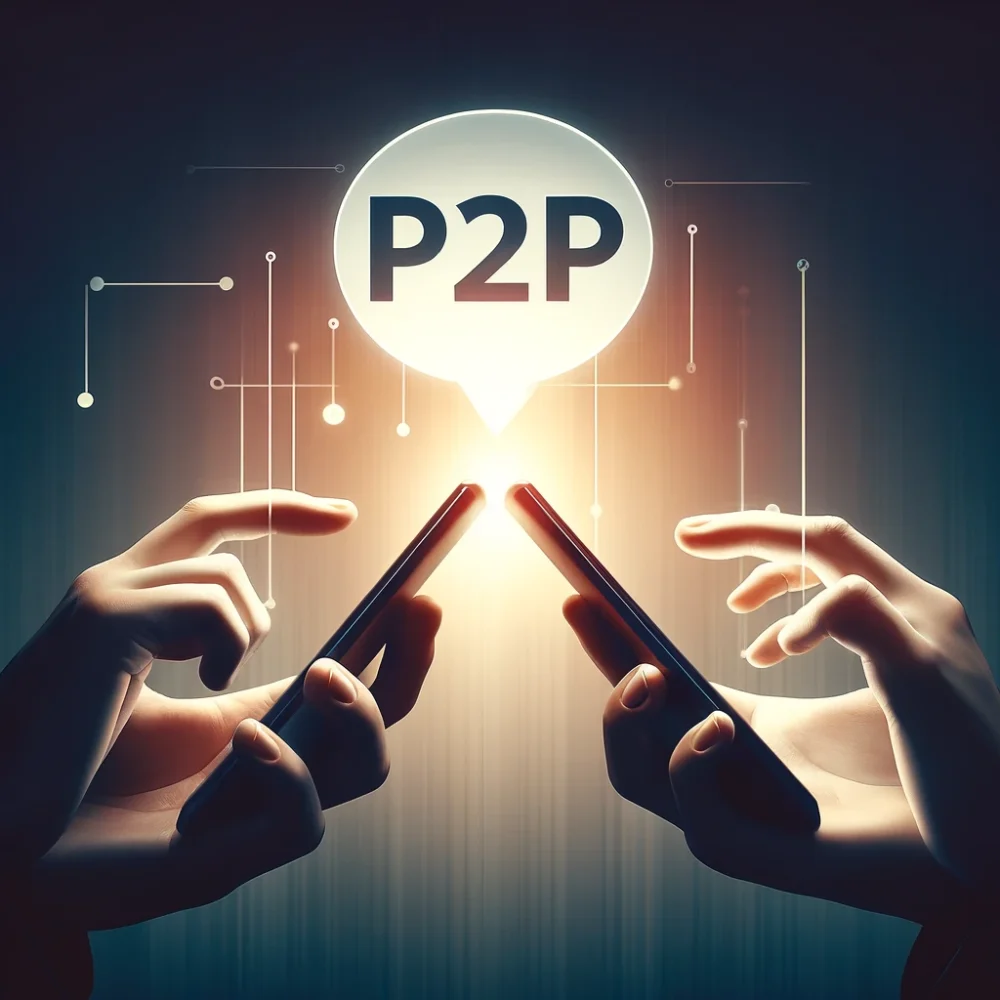Investing involves understanding different types of income investments to balance your portfolio effectively. This blog will explain fixed and variable income investments, where P2P lending fits, and how it compares to traditional fixed-income investments like bonds and certificates of deposit (CDs).
What is Fixed-Income Investment?
Fixed-income investments provide regular, predictable income over time. These investments pay fixed interest rates, making them a popular choice for risk-averse investors seeking stability.
Examples of Fixed-Income Investments:
- Bonds: Government or corporate bonds pay regular interest until maturity, at which point the principal amount is returned to the investor.
- Certificates of Deposit (CDs): Offered by banks, CDs pay fixed interest over a specified term, with the principal returned at maturity.
- Treasury Securities: Government-issued securities like Treasury bills, notes, and bonds, which offer fixed interest payments.
What is Variable Income Investment?
Variable income investments do not offer predictable returns. The income can fluctuate based on market conditions, making them suitable for investors with a higher risk tolerance looking for potentially higher returns.
Examples of Variable Income Investments:
- Stocks: Shareholders earn dividends, which can vary based on the company’s performance and profitability.
- Mutual Funds: Pooled investments in various securities, with returns depending on the fund’s performance.
- Real Estate: Rental income can vary based on market conditions and property values.
Where Does P2P Lending Fit?
P2P lending falls into the category of fixed-income investments. In P2P lending, investors lend money to individuals or small businesses through online platforms and earn regular interest payments on these loans.
P2P Lending vs. Traditional Fixed-Income Investments
P2P Lending:
- Higher Returns: P2P lending can offer higher returns compared to traditional fixed-income investments, as the interest rates on these loans are typically higher.
- Diversification: P2P lending allows for diversification across multiple borrowers, reducing the risk associated with individual defaults.
- Accessibility: Online platforms make it easy to start investing with smaller amounts of money.
Traditional Fixed-Income Investments:
- Stability: Bonds and CDs offer more stability and lower risk compared to P2P lending.
- Government Backing: Some traditional fixed-income investments, like government bonds and insured CDs, come with government backing, reducing the risk of default.
- Lower Returns: The returns on traditional fixed-income investments are generally lower than those of P2P lending, reflecting their lower risk.
Comparison of P2P Lending with Bonds and CDs
Risk and Return:
- P2P Lending: Offers higher returns but comes with higher default risk.
- Bonds: Moderate returns with moderate risk, especially corporate bonds. Government bonds have lower risk but also lower returns.
- CDs: Low risk with guaranteed returns, but the returns are typically lower than both P2P lending and bonds.
Liquidity:
- P2P Lending: Generally less liquid; it might be difficult to sell loans before they mature.
- Bonds: More liquid, especially government bonds, which can be sold on secondary markets.
- CDs: Less liquid, as withdrawing funds before maturity often incurs penalties.
Accessibility:
- P2P Lending: Easily accessible online with relatively low entry points.
- Bonds: Requires a broker or investment platform; some bonds have high minimum investment requirements.
- CDs: Widely accessible through banks with various term lengths and minimum investments.
Conclusion
Understanding the differences between fixed and variable income investments is crucial for building a balanced portfolio. P2P lending is an innovative option in the fixed-income category, offering higher returns with added risks compared to traditional fixed-income investments like bonds and CDs. By considering your risk tolerance and financial goals, you can decide how to incorporate P2P lending and other fixed-income investments into your strategy for a well-diversified portfolio.








